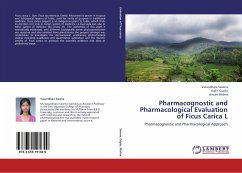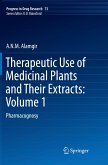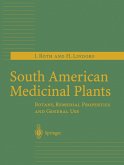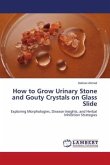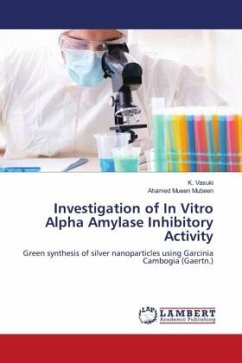This book highlighted the pharmacogonstic and chemotaxonomic features of Ficus benjamina and Ficus deltoidea, accentuating the challenges of identifying plant species with morphological similarities in the herbal drug industry. The book details the use of preliminary phytochemical screening and chromatography studies as quick and easy methods for identifying and standardizing plant materials, as well as the development of TLC and HPTLC fingerprints as tools for chemical standardization. The book also discusses the anti-plasmodial activity of F. benjamina and its isolation of ursolic acid and lupeol, which have demonstrated significant anti-plasmodial effects and could be potential candidates for the development of novel anti-plasmodial drug molecules. Overall, the book provides valuable insights for researchers and professionals in the development of better pharmacotherapeutics from plant materials.
Bitte wählen Sie Ihr Anliegen aus.
Rechnungen
Retourenschein anfordern
Bestellstatus
Storno


